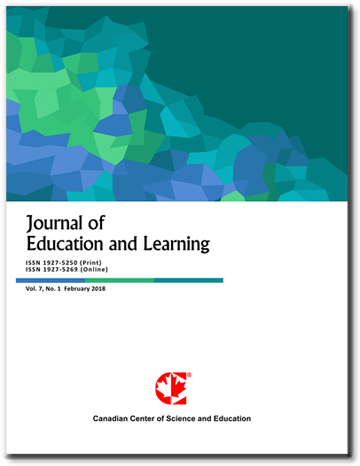A Model of International Education Program Management: A Case Study of Sino Thai Project in Yunnan Province, China
- Yuan Yao
- Winai Thongpuban
- Saman Asawapoom
Abstract
This study aimed to develop an innovative project management model for international education collaborations, focusing on the Sino-Thai partnership in Yunnan Province, China, which faces challenges such as cultural differences, communication barriers, and administrative discrepancies. Using a mixed-methods approach, the research integrated quantitative data from questionnaires and qualitative insights from expert focus group discussions to ensure comprehensive analysis. The proposed model comprises four key components: 1) Inputs: Institutional potentials, staff quality, educational facilities, and expenses; 2) Processes: Needs assessment, communication and collaboration, monitoring and controlling, and project review; 3) Outputs: Effective project operations, collaborative staff efforts, and project success, and 4) Feedback: A dynamic mechanism linking project outcomes to inputs for continuous improvement. The evaluation demonstrated that the model reduced communication challenges by 62% and increased stakeholder satisfaction to an average of 4.2 out of 5. Expert evaluations highlighted its practicality, with an average score of 4.5 out of 5 for suitability and utility. Unlike traditional frameworks, the model incorporates a flexible feedback loop that addresses cultural and administrative disparities, ensuring adaptability to diverse educational contexts. These findings underscore the model’s potential to enhance the efficiency and sustainability of cross-cultural educational partnerships. By bridging gaps between cultural and administrative systems, this research contributes to innovative educational practices and aligns with global efforts to foster collaborative learning environments.
- Full Text:
 PDF
PDF
- DOI:10.5539/jel.v14n3p270
Journal Metrics
Google-based Impact Factor (2021): 1.93
h-index (July 2022): 48
i10-index (July 2022): 317
h5-index (2017-2021): 31
h5-median (2017-2021): 38
Index
Contact
- Grace LinEditorial Assistant
- jel@ccsenet.org
